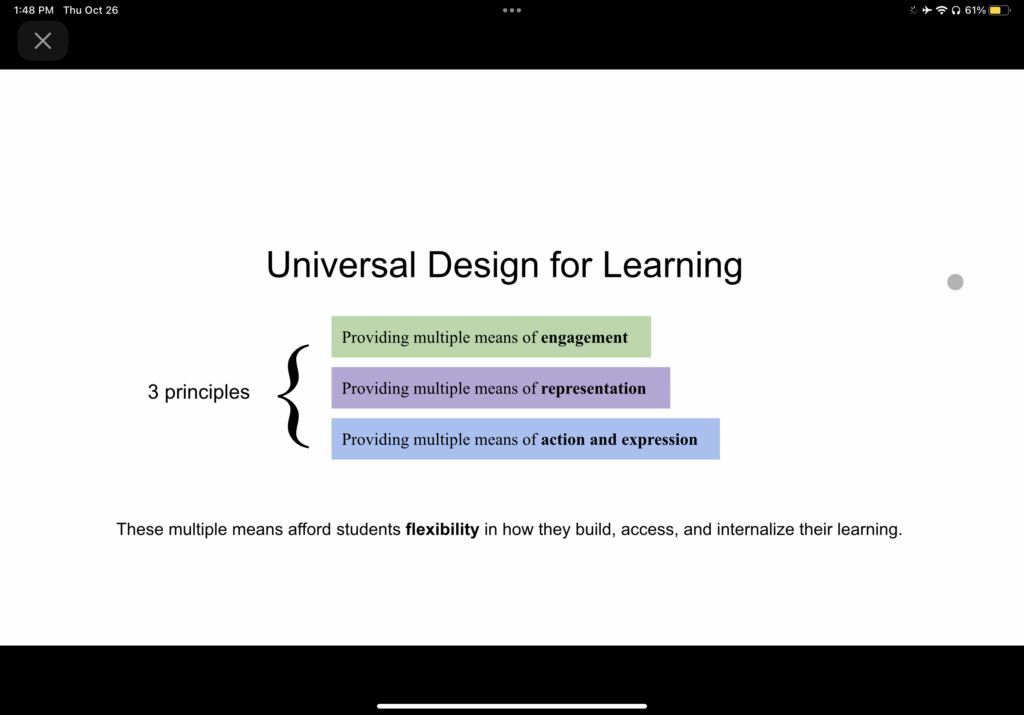How can my teaching become more accessible and accessibility conscious? This week we discussed various strategies to Universal Design Learning and resources to accomplish them.
It is important to understand the breadth of resources and levels of ability required as each of our classrooms will constantly change and our teaching must accommodate.
Here I am practicing speech to text. I then copy and pasted my words directly into this blog post. As my inquiry project is ASL learning, speech to text is a limiting resource. What resources can I use to provide ASL accessibility in my teaching?
Helena
Seth Perler task about his Iceberg Theory regarding accessibility in learning. Many times all we see is the tip of the iceberg; not completing homework, late for class, disruptive. Whereas below the water are the reasons behind such behaviour; dyslexia, autism, bullying, or poor nutrition. As educators, we must have a more holistic understanding of where our students are at when they enter the classroom.
The Principles of Universal Design for Learning as discussed in class include providing multiple means of: engagement, representation, and action and expression. How can I embody this in my teaching?

Above Image: From G. Richard’s Slides Technology and Inclusion
If my goal was to include the deaf community in a lesson plan, I would plan for more visual activity and remove the need for oral communication. There are many ways we can use body language, gesture, and movement to communicate. For example, completing a scavenger hunt or having groups create an artistic instalment could be fun visual and movement activities.
Leave a Reply
You must be logged in to post a comment.